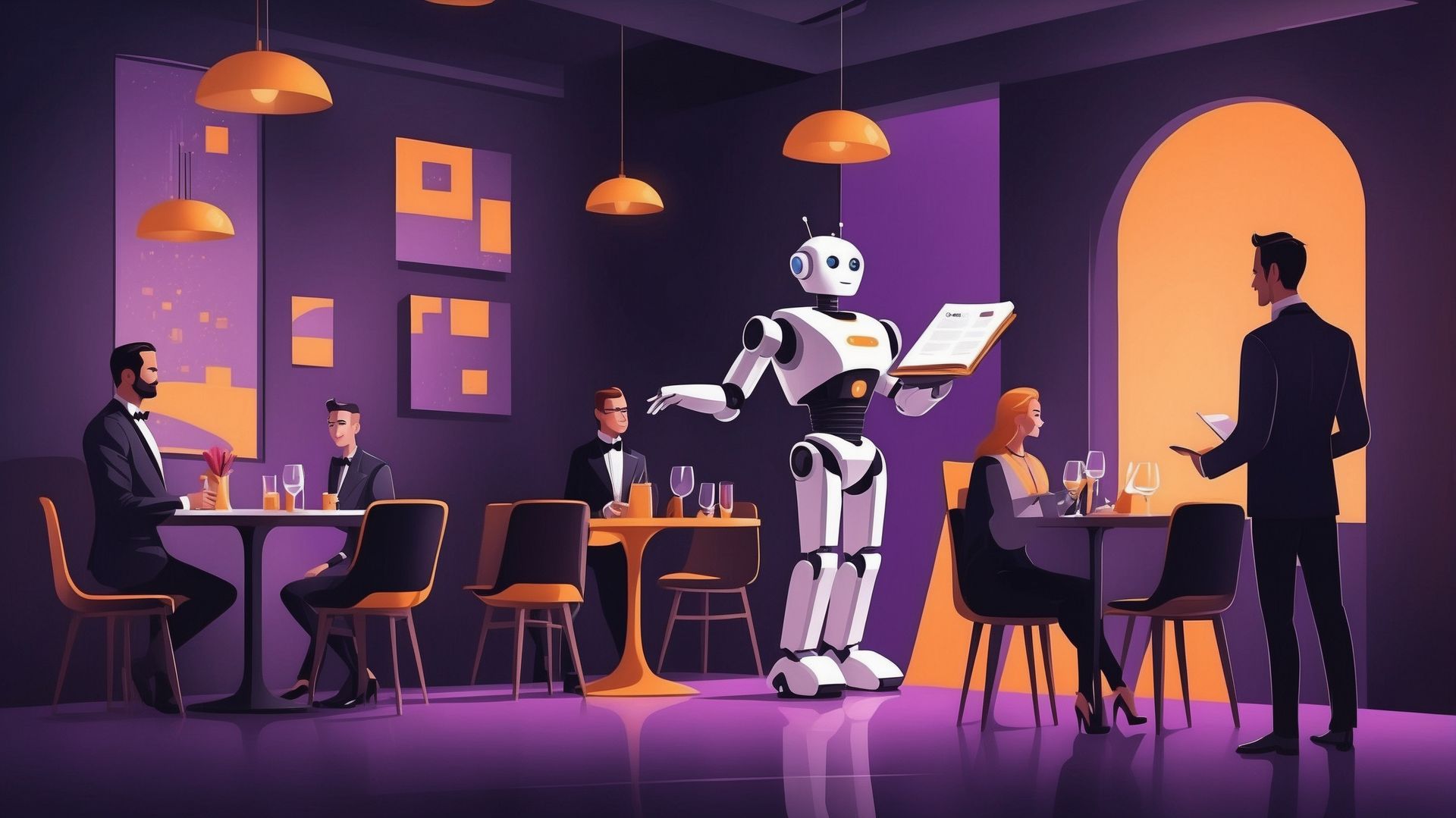The IoT Revolution
Unlocking Data Insights from Connected Devices
In recent years, the Internet of Things (IoT) has emerged as a transformative force, reshaping industries and daily life by interconnecting billions of devices. This revolution is not merely a technological trend but a fundamental shift in how we collect, analyze, and utilize data. The potential of IoT to unlock data insights is immense, driving innovation, efficiency, and enhanced user experiences.
What is IoT?
At its core, the Internet of Things refers to a network of physical devices, vehicles, appliances, and other items embedded with sensors, software, and connectivity. These devices communicate and exchange data with each other over the internet, enabling a myriad of applications and services. From smart homes and wearable technology to industrial automation and smart cities, IoT encompasses a vast array of connected devices.
Unlocking Hidden Value
One of the most significant advantages of IoT is its ability to gather vast amounts of data from various sources. This data provides invaluable insights into behavior patterns, operational efficiency, and predictive maintenance, among other things. For instance, in a manufacturing setting, IoT devices can monitor machinery in real-time, identifying potential issues before they lead to costly downtime. In healthcare, wearable devices track vital signs and activity levels, providing continuous health monitoring and personalized recommendations.
Driving Innovation and Efficiency
Businesses across various sectors are leveraging IoT to enhance decision-making processes, streamline operations, and create new revenue streams. Here are a few examples:
- Smart Manufacturing: IoT enables the creation of smart factories where machines and systems are interconnected. This connectivity allows for real-time monitoring, predictive maintenance, and efficient resource management. As a result, manufacturers can reduce downtime, improve product quality, and optimize production processes.
- Smart Cities: Urban areas are becoming smarter with the integration of IoT technologies. Connected sensors and devices help manage traffic flow, reduce energy consumption, and enhance public safety. For example, smart traffic lights can adjust their timing based on real-time traffic conditions, reducing congestion and improving transportation efficiency.
- Retail and Supply Chain: IoT is revolutionizing the retail and supply chain sectors by providing real-time inventory tracking, demand forecasting, and enhanced customer experiences. Smart shelves can monitor stock levels and automatically reorder products when necessary, ensuring shelves are always stocked and reducing waste.
Enhancing User Experience
For consumers, IoT devices offer personalized experiences and increased convenience. Here are some ways IoT is enhancing daily life:
- Smart Homes: IoT-enabled devices in homes allow for automation and energy management. Smart thermostats adjust the temperature based on occupancy and preferences, while smart lighting systems can be controlled remotely or set to follow daily routines.
- Wearable Health Devices: Wearable technology, such as fitness trackers and smartwatches, provides real-time health monitoring and personalized fitness recommendations. These devices can track activity levels, sleep patterns, and vital signs, empowering individuals to take proactive steps toward better health.
- Connected Vehicles: IoT is transforming the automotive industry with connected cars that offer advanced safety features, navigation assistance, and vehicle diagnostics. These vehicles can communicate with each other and with infrastructure to enhance road safety and provide a more efficient driving experience.
Challenges and Opportunities
Despite its potential, IoT faces several challenges that must be addressed to fully realize its benefits:
- Data Security and Privacy: With the proliferation of connected devices, ensuring data security and privacy is paramount. IoT devices are often vulnerable to cyberattacks, and protecting sensitive information requires robust security measures and encryption protocols.
- Interoperability: The diverse range of IoT devices and platforms presents a challenge in achieving seamless interoperability. Standardization efforts are underway, but achieving universal compatibility remains a work in progress.
- Infrastructure: The success of IoT depends on reliable and scalable infrastructure. This includes robust connectivity solutions, data storage capabilities, and efficient data processing systems. Investments in infrastructure are crucial to support the growing number of connected devices.
Conclusion
The IoT revolution is unlocking unprecedented data insights, driving efficiency, and transforming user experiences. As we continue to innovate and address its challenges, IoT promises a smarter, more connected future for all. Businesses, consumers, and governments must work together to harness the full potential of IoT, ensuring a secure and interoperable ecosystem that benefits everyone.
IoT is more than a technological advancement; it is a catalyst for change that will shape the way we live, work, and interact with the world around us. Embracing this revolution will unlock new possibilities, creating a more efficient, innovative, and connected future.



